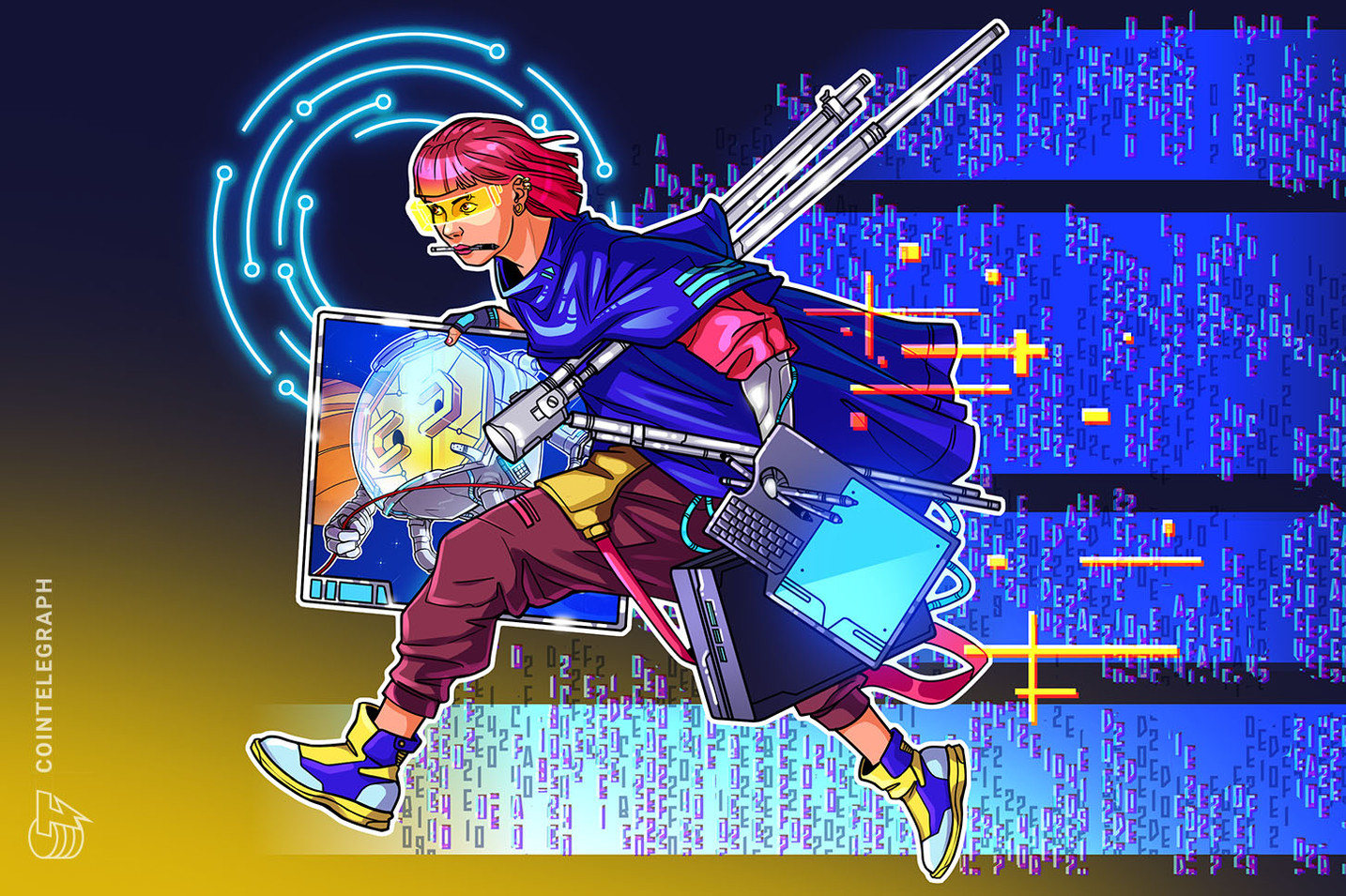05/07/2021 To change the art industry, NFTs must be more secure

A more secure nonfungible token infrastructure holds the key to disrupting the current art world.
A more secure nonfungible token infrastructure holds the key to disrupting the current art world.
2021 has already seen a number of eye-catching milestones reached for the nascent nonfungible token (NFT) market, which has seen an increase in value of 2,100% from Q4 2020, with consumers spending over $2 billion. While headlines have been dominated by record-breaking sales, what’s often overlooked is the growing demand from new investors. According to NonFungible, which tracks NFT transactions, there were 73,000 NFT buyers and 33,000 NFT sellers in Q1. Although these numbers may seem impressive, they are in fact relatively small compared to the global art market, which was valued at $64.7 billion in 2018, with the United States, China and the United Kingdom accounting for 84% of the global market.
The traditional infrastructure for the art market, dominated by dealerships and auction houses, already seemed dated in an increasingly online and globalized world, where demand in emerging markets for this asset was only going to grow. People will probably look back on the COVID-19 pandemic as a catalyst for disrupting the existing art-market infrastructure. Meanwhile, the NFT market does provide a glimpse into how smart-contract technology can be applied to ensure third parties and middlemen who would normally demand their cut can be removed. As things stand, however, the current infrastructure has too many flaws and too much potential for user error for it to realistically act as an alternative to the current methods for verification, distribution, auction and certification of ownership.
Related: Hype is over: How NFTs and art will benefit from each other moving forward
Today, there is no way to know for certain who the actual human creator was by looking at the data contained in an NFT. The result is a growing number of NFT forgeries and cases where a scammer creates an NFT and presents it as work by a particular known artist. One quick Google search on that topic shows that NFT forgeries are a rapidly growing problem. In some cases, the scammers take an image of an actual art piece from the artist, turn it into an NFT and then sell it as if they were the artist themselves.
Additionally, when an NFT has significant associated content or data, such as an image, that data is not stored on a blockchain. Rather, the NFT contains a link to the data, most frequently through a hyperlink on the internet. If the data (e.g., image) at the end of that hyperlink were to change or disappear, there is no way to know or prove from blockchain data what the actual image was that was associated and purchased with the NFT.
So, there is no way to protect the permanence of the NFT data. Shocking, but true. That means that the actual image or data associated with the NFT could be changed or deleted, thereby destroying the value of the NFT. There’s also the potential for user error, where people miscopy long complicated addresses or suffer man-in-the-middle attacks that could potentially result in millions of dollars being sent to the wrong address or stolen forever.
The validation of authenticity
In the physical world of art, the artist signs their pieces to enable validation of authenticity, and the owner of the art piece ensures its permanence by securely storing it somewhere they trust. For NFTs to achieve long-term success, blockchain technology must enable a similar capability and do so in a decentralized, self-sovereign manner.
We don’t know what the long-term impact of the ongoing COVID-19 pandemic will be for the art world. People may look back and see that it was a catalyst for long-overdue disruption and greater competition for what essentially remains a cartel of high-end auction houses and dealerships of varied repute. Smart contract technology has shown how NFTs can cut out these middlemen; however, the operational risks and potential for fraudulent transactions render the current exchange model too risky for it to scale, despite the clear demand.
NFT forgery prevention and permanence protection are critical to the continued growth in utilizing NFTs across the blockchain ecosystem, ensuring a fairer, more transparent and equitable system for buyers and sellers of art. The future art ecosystem is clear to see, and we as an industry need to start building it.
This article does not contain investment advice or recommendations. Every investment and trading move involves risk, and readers should conduct their own research when making a decision.
The views, thoughts and opinions expressed here are the author’s alone and do not necessarily reflect or represent the views and opinions of Cointelegraph.
Luke Stokes is the managing director of the Foundation for Interwallet Operability. He’s passionate about voluntary systems of governance and has been involved in Bitcoin since early 2013. He’s been a consensus witness for the Hive (previously Steem) blockchain since early 2018 and a custodian for eosDAC, a community-owned Eosio block producer and DAC enabler, since its inception. He holds a computer science degree from the University of Pennsylvania.
 (0)
(0)
 (0)
(0)
https://cointelegraph.com/news/to-change-the-art-industry-nfts-must-be-more-secure
